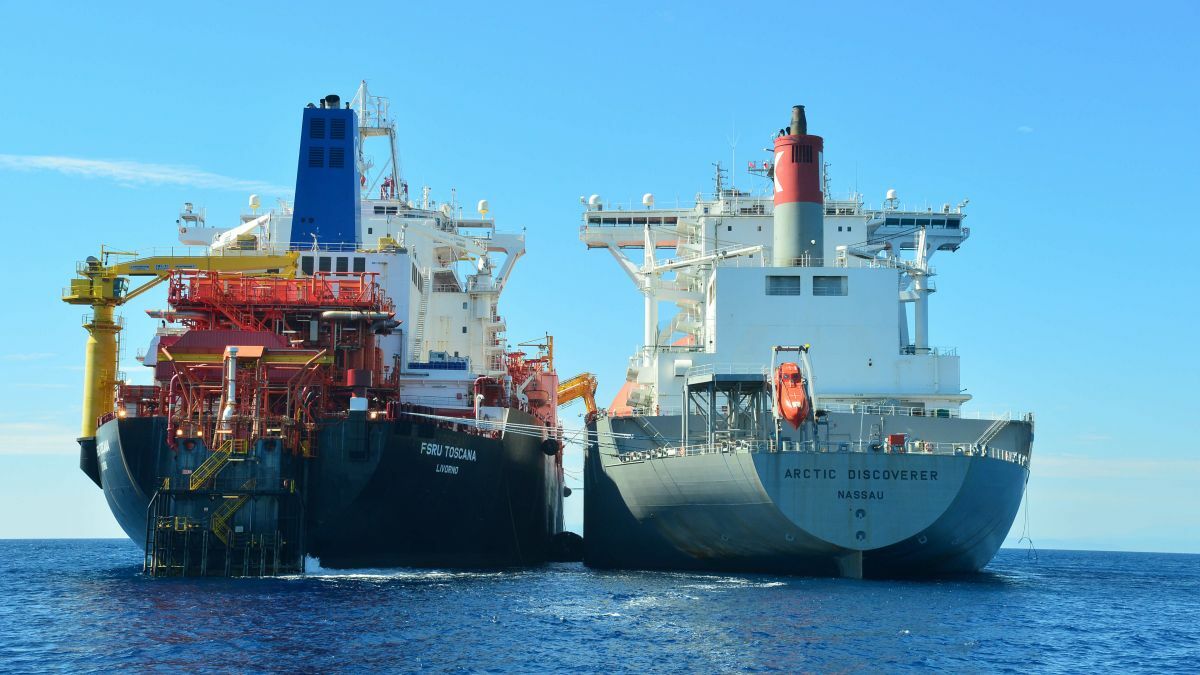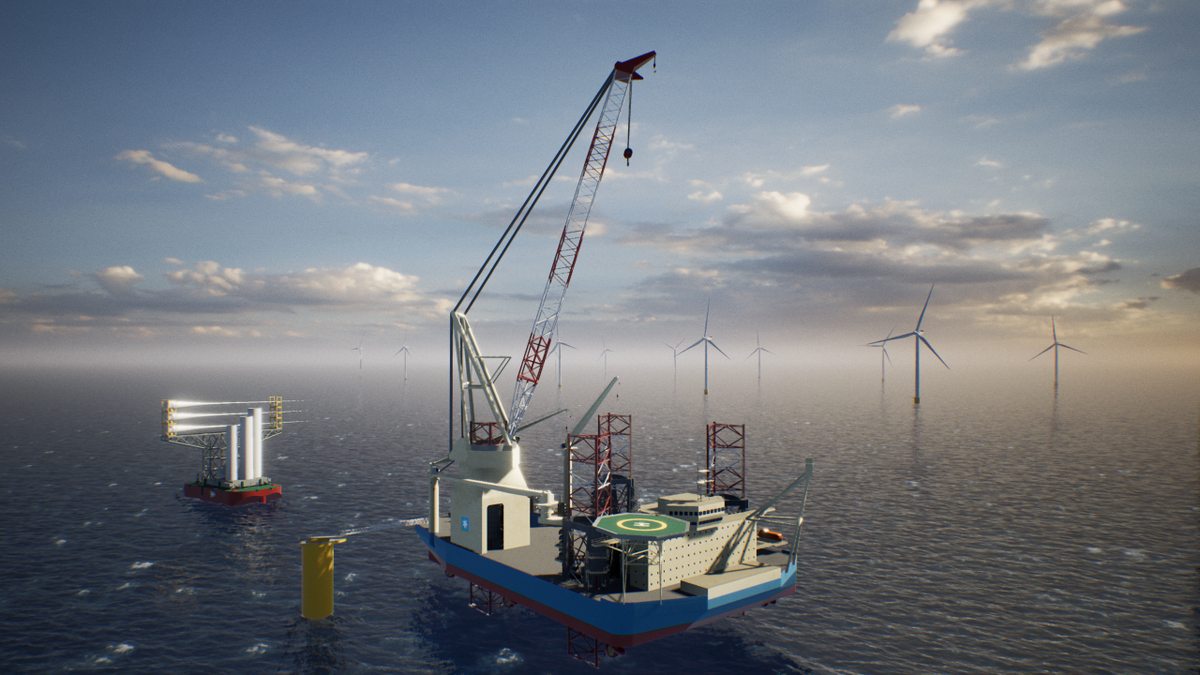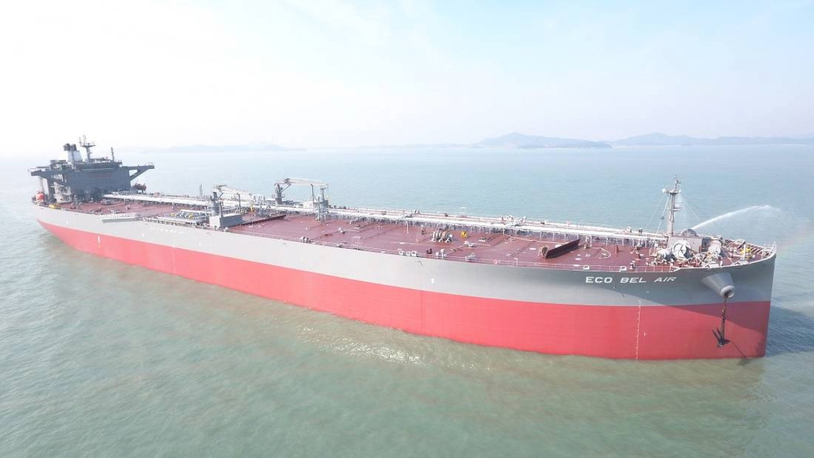Business Sectors
Contents
Register to read more articles.
Tariffs put US dry bulk intake in the spotlight
The US imported substantial volumes of dry bulk commodities from the Americas in 2024, with Canada and Mexico, both subject to tariffs under Donald Trump’s administration, ranking among the top suppliers
On 1 February, President Trump announced an additional 25% tariff on imports from Canada and Mexico and a 10% tariff on imports from China. However, Canadian energy resources face a reduced 10% tariff.
"The extraordinary threat posed by illegal aliens and drugs, including deadly fentanyl, constitutes a national emergency under the International Emergency Economic Powers Act (IEEPA)" the White House stated.
"Tariffs are a powerful, proven source of leverage for protecting the national interest. President Trump is using the tools at hand and taking decisive action that puts Americans’ safety and our national security first" the statement added.
Although President Trump later decided to delay tariffs on Canada and Mexico, shipping analysts note that his early decisions in office indicate a tightening of US immigration policies, potentially placing trade relations with key American partners under greater scrutiny.
US dry bulk imports
According to AXSMarine data cited in BRS Shipbrokers’ latest weekly report, Canada was the largest supplier of dry bulk commodities to the US in 2024, accounting for 15M tonnes, primarily grains, coal and minerals. Brazil followed with 12M tonnes, driven by agricultural exports, notably soya beans and sugar.
Other key suppliers included Mexico, Honduras and Colombia, which collectively exported coal, steel, and agricultural products to the US. Mexico specifically ranked sixth, with 4M tonnes, according to BRS research.
"For the dry bulk market, these developments hold significant implications. Tariffs could push US importers to seek alternative suppliers, potentially increasing tonne-mile demand as cargoes are rerouted," the report stated.
For instance, Brazilian steel exports, currently directed to the US, might shift to Asia, boosting demand for Capesize and Panamax vessels as US importers look to European suppliers.
BRS Shipbrokers also drew comparisons to the US-China trade war during Trump’s first term, which disrupted global supply chains, reshaped trade flows, and injected volatility into freight markets.
According to the report, President Trump’s second-term trade strategy appears even more ambitious, with tariffs threatened on over US$2Trn worth of foreign products, covering approximately two-thirds of US imports. "This could extend the scope of potential tariffs far beyond the Americas, affecting global trade networks," analysts noted.
Long-term market concerns
Market experts warn that increased trade inefficiencies could have negative long-term effects on global shipping.
"Shipping is all about efficiency. In the short term, inefficiency can be beneficial, but in the long term, we all know it can be very harmful," said Navios Maritime Partners chair and chief executive officer Angeliki Frangou, one of the world’s largest shipowners.
This sentiment is echoed by SSY senior director and global head of research Roar Adland. In the shipbroker’s annual review, he noted, “The prospects of higher US tariffs and ‘tit-for-tat’ reactions from key trading partners can never be a good thing for global trade.”
Dr Adland further highlighted the continued decoupling of global supply chains and a more aggressive US sanctions regime could impact everything from feasible ports of call to restrictions on demolition and even sanctions risk depending on the yard or country of build.
While it is still too early to fully assess the impact of these changes, Dr Adland cautioned that although market volatility has so far benefited shipping, it will eventually reach a point where it becomes unsustainable.
"More chaos has generally been good for shipping up until now, but there will come a point where that is no longer the case," he warned.
Sign up for Riviera’s series of technical and operational webinars and conferences:
- Register to attend by visiting our events page.
- Watch recordings from all of our webinars in the webinar library.
Related to this Story
Events
LNG Shipping & Terminals Conference 2025
Vessel Optimisation Webinar Week
Marine Coatings Webinar Week
© 2024 Riviera Maritime Media Ltd.














